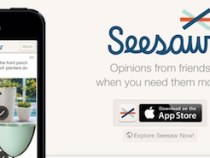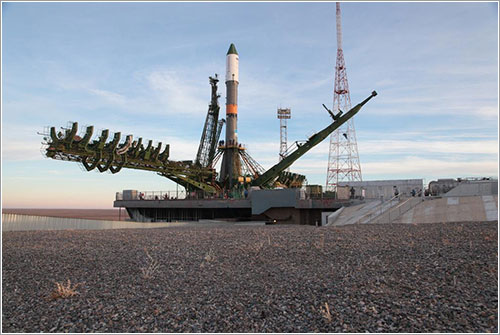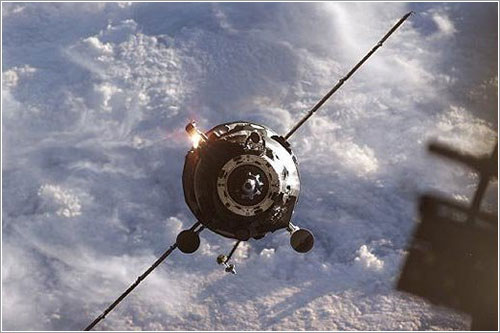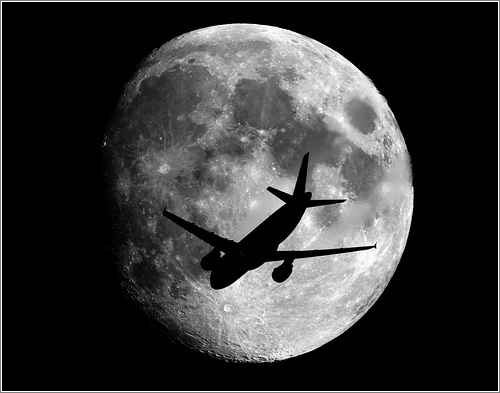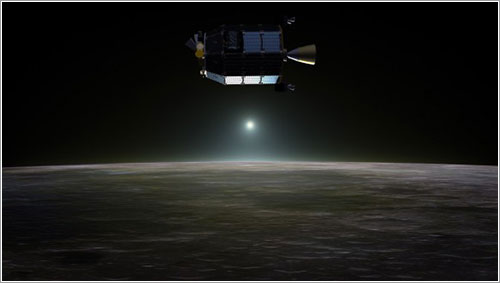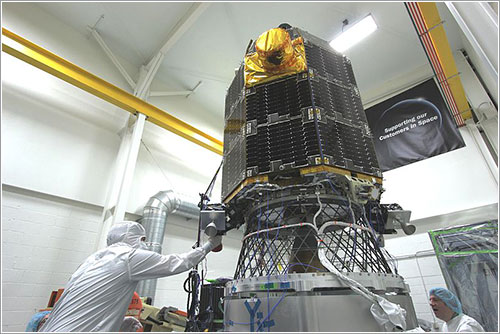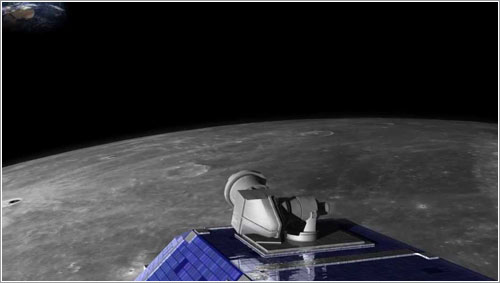
Mobile gaming companies - the revenue gorillas of the iOS and Android platforms - are at the forefront of refining how virtual goods transactions are done.
But attracting the right kinds of users and retaining them is growing more complex with each month. It's becoming a big data problem where top studios often rely on a handful of outside services to help manage their analytics or provide personalized ways of keeping their gamers glued.
One of the ones to watch is a stealth company called Omniata. They're an experienced team out of EA and Digital Chocolate that has quietly racked up some of the industry's best-known developers including Angry Birds-maker Rovio, Grand Cru and Gaia. (They also have a few other unnamed clients that are behind several of the iOS store's top 20 grossing games.)
The company's CEO Alex Arias was EA's director of product management, data and acquisition, engagement and monetization platforms and recruited much of his San Francisco- and Helsinki-based teams from his days at early mobile game developer Digital Chocolate.
While there are plenty of other analytics and player management services out there ranging from Flurry to Playhaven to Apsalar and others, Arias has a broad vision of what Omniata will ultimately do.
He thinks of Omniata as an SAP for the digital goods era, where all kinds of businesses will need to manage ongoing relationships with their customers. Gaming just happens to be a good starting point because of Arias' own personal contacts in the industry and the maturity of gaming on mobile platforms.
In that sense, he says Omniata is more of a Swiss army knife. While other tools might focus exclusively on user acquisition analytics or serving the right kinds of ad units to paying or non-paying customers, he's building a platform that can cover all of those use cases.
Omniata can handle A/B testing like an Optimizely or basic analytics like Flurry, and it can also handle more sophisticated analysis covering different cohorts of users that join at different times.
The platform is now tracking 23 billion events per month and its system can handle 200,000 events per CPU core, a level of processing power that he says can help companies optimize a user's experience on the fly.
The company has raised a small round of seed funding from Sigma West.
via TechCrunch » Startups http://feedproxy.google.com/~r/techcrunch/startups/~3/NqhRmnNnlWc/




